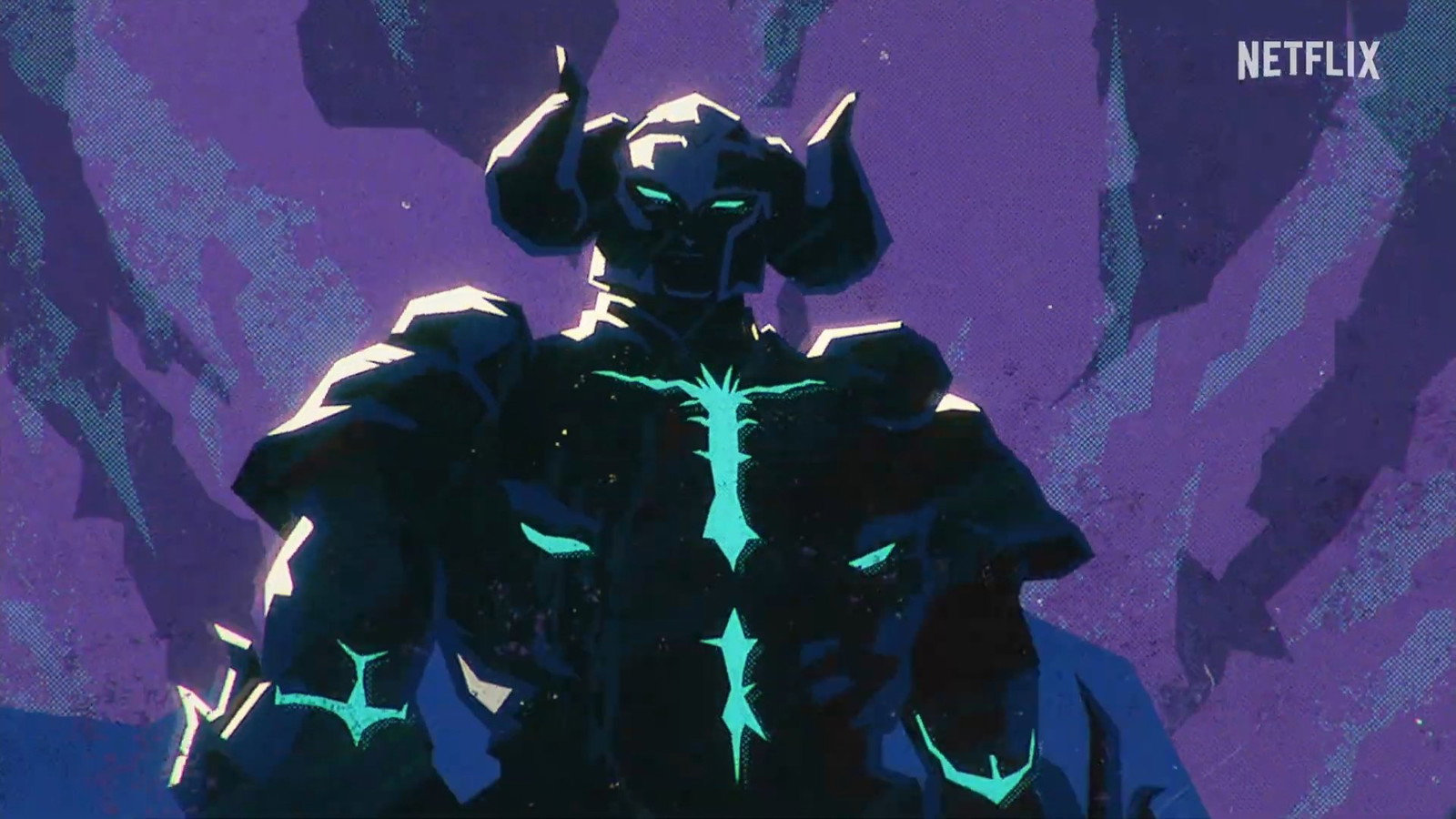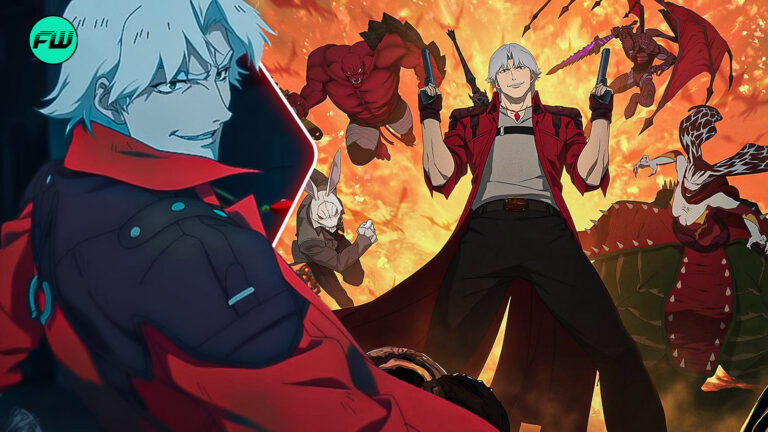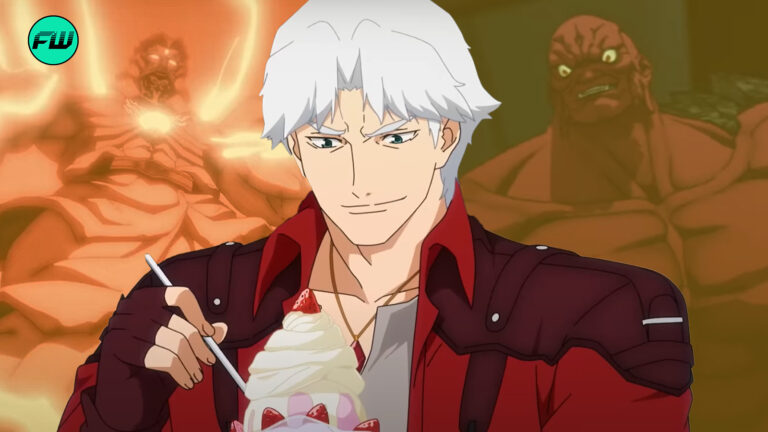
Netflix’s new Devil May Cry has lived up to this hype by incorporating the best elements from the franchise lore into its story. While the overarching plot and the buildup to the finale seemed well done, a few expositions messed up the story’s beats.
Characters explaining their powers and origins revealed more than they should have, and one such exposition came from Plasma, a boss from the Devil May Cry video games.

Plasma the shape-shifter revealed something huge about one of Devil May Cry’s most important characters in the very first act of the show, ruining one of its biggest twists.
Devil May Cry sacrifices the suspense in Act 1

Devil May Cry’s first season has impressed audiences with its adaptation of the video games. The casual buildup to the finale was exhilarating, and the show’s structure was impressive.
We are sure that everyone noticed that the show is divided into three distinct acts: episodes 1-3, 4-6, and 7-8. Each act is designed to reveal key plot points about the show’s lore, but the series stumbles right after Act 1.
In the first episode, we are introduced to a demon named Plasma – a deceptive shape-shifter whose abilities allow him to mimic the appearance of any creature. When we are introduced to Plasma, he is disguised as a baby, but after his first attempt at killing Dante fails, he returns later with a better plan.
He mimics the appearance of Dante’s “dead” brother, Vergil, to gain the upper hand, but Dante doesn’t go down easy and manages to chase the demon away.
While the combat abilities of the demon are subpar at best, his ability to shape-shift is intriguing, and the fact that he mimicked the appearance of an adult Vergil meant that Vergil was alive and that Plasma had seen him in person.
Fans expected the reveal of Vergil’s survival in the final episode, but Plasma’s exposition spoiled it in episode three.
In episode three, Plasma tells a DARKCOM soldier that he can only mimic living tissue, so his hosts must be alive. This statement kills the anticipation about Vergil.
The revelation strips away the surprise, and instead of being a carefully layered mystery, the twist is ruined because of an exposition dump. This decision massively undercuts the show’s dramatic potential and is a huge misstep.
The impact of the viewer experience

While this may seem simple, this premature reveal has broader implications for future seasons. One of Devil May Cry’s key strengths is its balance of intense action with moments of suspense that compel fans to keep playing.
For example, Devil May Cry 5’s main twist was that Vergil had used the Yamato to split himself into two halves: V and Urizen. The game didn’t give V an exposition dump to explain this. It focused its narrative around it and revealed it towards the end while dropping simple hints.
Netflix’s Devil May Cry is bad on so many levels.
Not only does it spit in the face of DMC’s canon, but also ignores the context of how the characters were used in the games to show up for by far the cheapest cameos I have ever seen.
The ending implying a sequel is insulting.— Christian Morgan (@BObako) April 4, 2025
For longtime fans, the series has always been known for its slow and methodical plot twists. Plasma’s exposition risks alienating these fans and makes one feel like the show can’t be trusted with keeping secrets.
Early loss of suspense like this stunts character development. When a twist that redefines a character’s arc is revealed prematurely, it leaves no room for natural character development.

What is even more outrageous is that a similar expository moment takes place when the White Rabbit meets a mysterious character (Nelo Angelo) in the Makai dimension. The mysterious character clad in armour hands over a vial of Vergil’s blood to the White Rabbit.
Upon receiving the vial, the White Rabbit states that he knows the true identity of the mystery man. He comments on the character having one of the halves of the amulet and Vergil’s blood. Even a child can figure out that the character is either related to Vergil or is Vergil in disguise.
This robs the narrative of any suspense. The narrative struggles to regain viewer engagement and despite it trying to reintroduce the stakes and suspense, the damage is already done.
While the show boasts sleek animation and rich lore, it fails at preserving key plot points and diminishes the dramatic tension. The reveal pulls one out of the immersive experience and erases the fine line between exposition and mystery.
Devil May Cry is available to stream on Netflix.
This post belongs to FandomWire and first appeared on FandomWire



